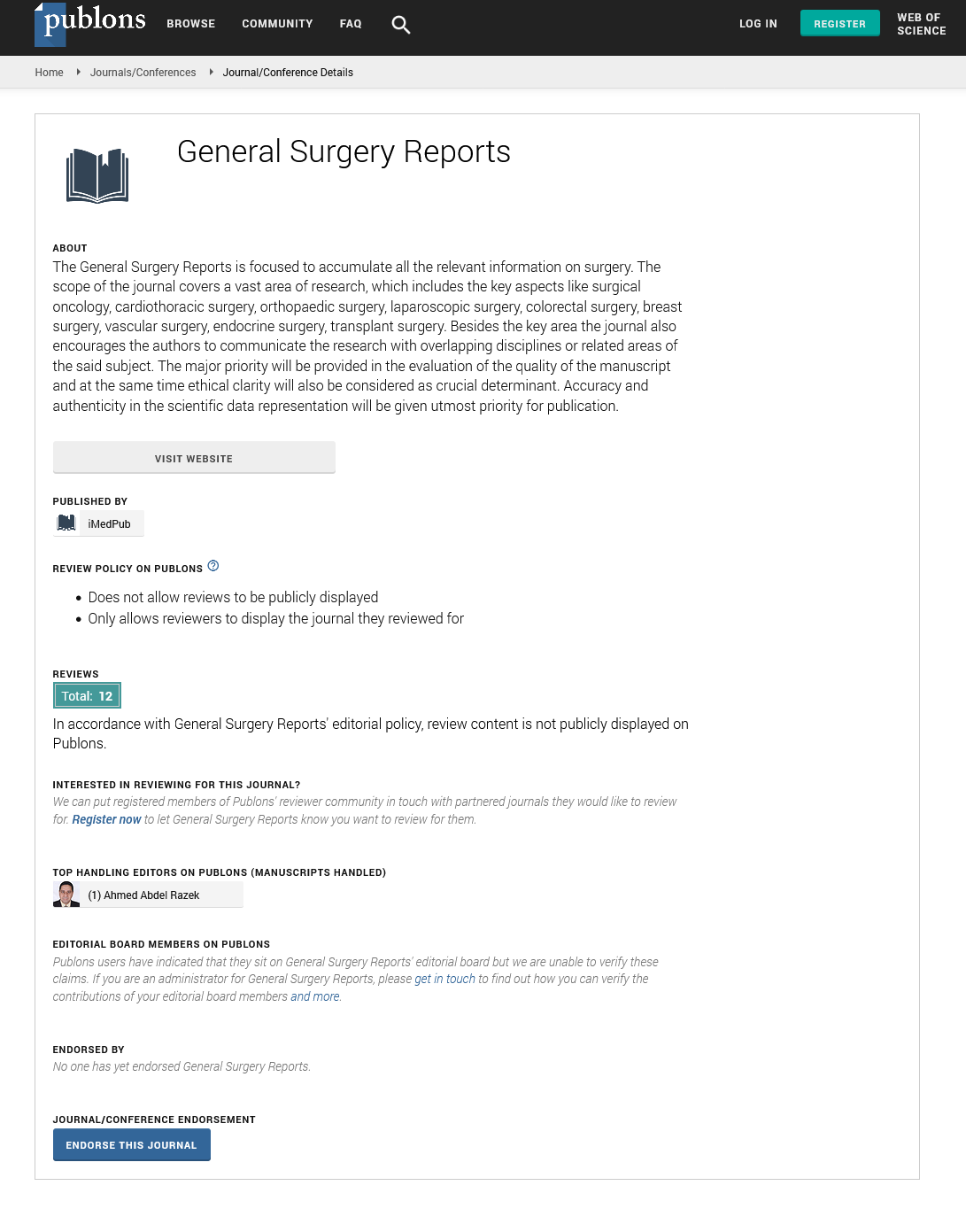Abstract
Ultrasound- Guided diaphragmatic thickness assessment as an indicator of successful extubation in mechanically ventilated cancer patients
Introduction: Weaning of mechanically ventilated patient is a daily challenge in Intensive Care units. Several indexes have been employed to assess the patient’s ability to recover efficient spontaneous breathing. Ultrasound can easily access diaphragm thickness (tdi) in its zone of apposition during, tdi can represent the contractile activity of the diaphragm and the efficiency of its function.
Aim of the work: The aim of this study is to assess the thickness of diaphragm needed as a tool for prediction of extubation and proper timing of weaning from mechanical ventilation in the ICU which is measured by B mode ultrasound in ventilated cancer patients. Patients and Methods: Design type prospective observational (diagnostic accuracy) study had been done to assess the thickness of diaphragm as a tool for prediction of extubation and proper timing of weaning from mechanical ventilation in the intensive care unit (ICU). It had been measured using B mode ultrasound in ventilated cancer patients. The study had been conducted in the intensive care unit (ICU) - National Cancer Institute - Cairo University. Fifty patients met spontaneous breathing trial criteria at postoperative period after major elective abdominal cancer surgery with pressure support intensive care unit each patient had been assessed with the ultrasound machine using a linear multifrequency probe (6-13 MHz) and using B-mode to detect the thickness of the diaphragm at zone of apposition. After confirmation of conventional international weaning parameters and weaning protocols in our study we focused on measuring diaphragm thickness and Δ tdi% over time during mechanical ventilation as a new predictor of successful weaning and extubation for up to 7 days from time of enrolment or until extubation, which ever
happened first.
Author(s): Ahmed Mohamed Soliman Idris
Abstract | PDF
Share This Article
Google Scholar citation report
Citations : 6
General Surgery Reports received 6 citations as per Google Scholar report
General Surgery Reports peer review process verified at publons
Abstracted/Indexed in
- Google Scholar
- Publons
Open Access Journals
- Aquaculture & Veterinary Science
- Chemistry & Chemical Sciences
- Clinical Sciences
- Engineering
- General Science
- Genetics & Molecular Biology
- Health Care & Nursing
- Immunology & Microbiology
- Materials Science
- Mathematics & Physics
- Medical Sciences
- Neurology & Psychiatry
- Oncology & Cancer Science
- Pharmaceutical Sciences
